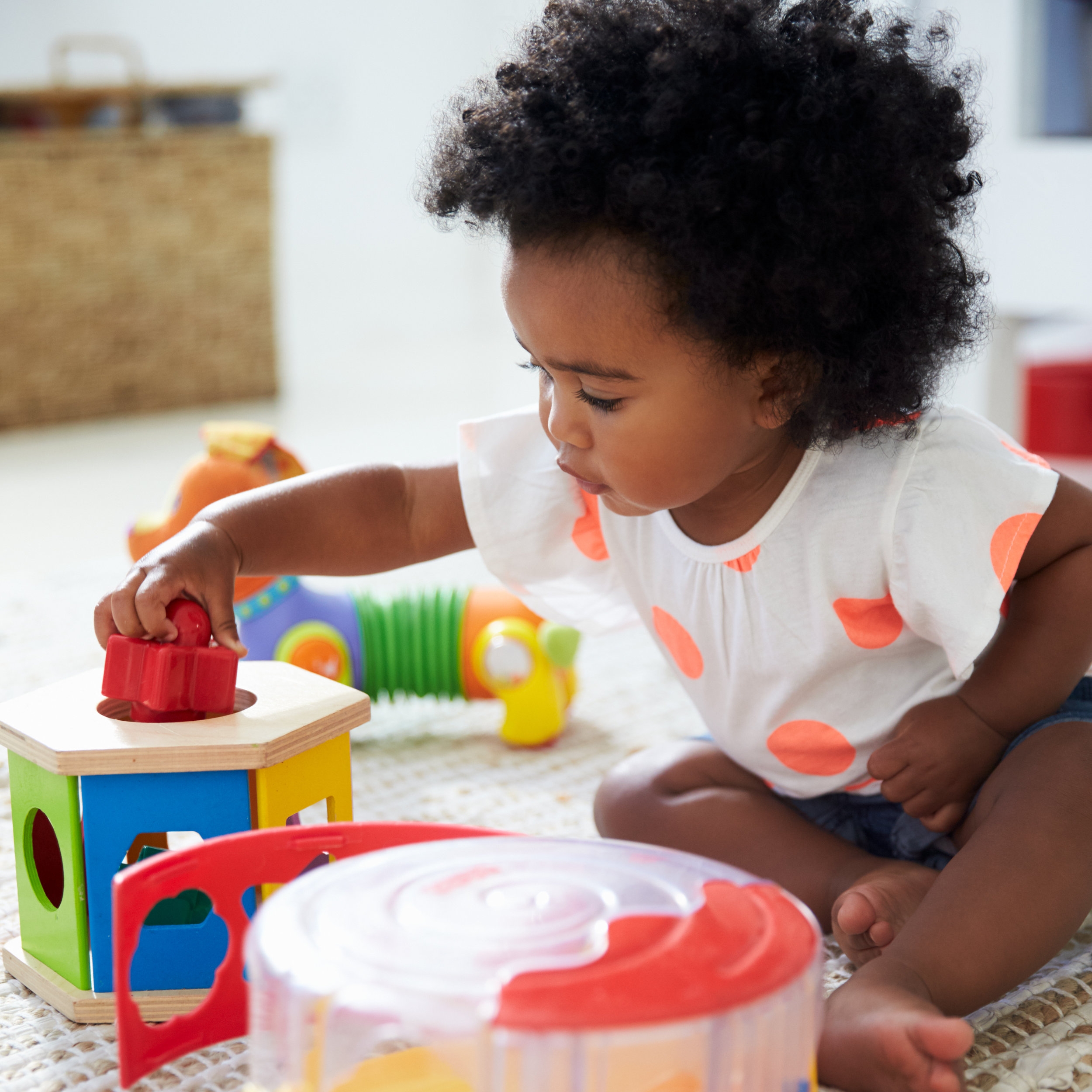
Still have questions? Ask an Expert!
We'll get back to you within 1-2 business days.
Overview
There are a lot of toys on the market made from a wide array of materials. Your newborn won't need many, and in fact, choosing carefully, you can make a few toys go a long way.
Hidden Hazards
As reported to Washington State through July 2017, toys and games contained 39 different chemicals of concern, including bisphenol A, cadmium, antimony, phthalates, formaldehyde, methyl paraben, solvents like ethylene glycol, methyl ethyl ketone, methylene chloride, phenol, and toluene, styrene, vinyl chloride, flame retardants, and more. Clear hard plastic toys may contain bisphenols. Plastic dolls may be made of polyvinyl chloride (PVC). Metal products may include cadmium, mercury, and antimony.
Other Considerations
Simple toys often are engaging and help babies develop best. Parents often find themselves with many more toys than they need - this can start at the baby shower and continue throughout their children's lives.
Recommendations
Choose natural products whenever possible - products made from unfinished or naturally finished wood, cotton, wool, and other textiles. Avoid all used toys made before 2008, when the Consumer Product Safety Improvement Act set stricter limits on lead and certain phthalates. This includes older plastics and painted wood, both of which may have high levels of lead and cadmium.
MADE SAFE has certified these products from Bioserie:
2-in-1 Stacker ($20)
Dumbbell Rattle ($13)
Interlocking disks - Yellow/Blue or Pink/Green ($10)
Round Rattle ($13)
References & Resources
Learn more about the hidden hazards by reviewing the glossary or take a deep dive by reading Safer Products for Babies and Toddlers: Resources and Recommendations for Retailers.
Want an even deeper dive? You can find out more details about manufacturer reporting of chemicals of concern to the State of Washington.









